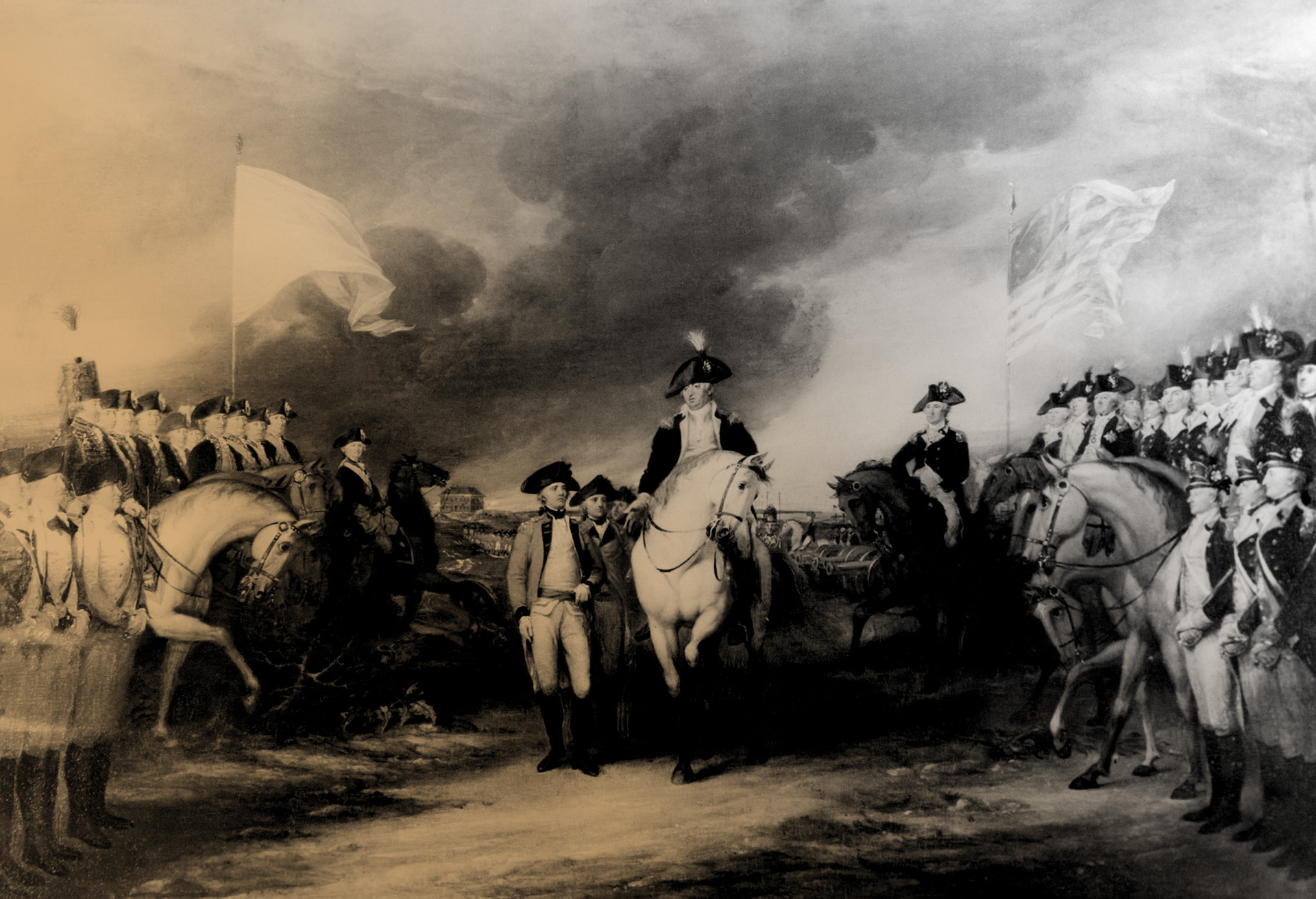In the whirlwind of leadership, focus can be a fleeting friend. Between looming deadlines, strategic decisions, and ever-growing inboxes, prioritizing tasks effectively becomes a constant battle. Enter the Executive Assistant (EA) – the master of organization and the silent sentinel of a leader's time. Beyond managing schedules and booking flights, EAs hold a wealth of knowledge on prioritization, a skill any leader can benefit from continuously developing. In fact, McChrystal Group data, collected from surveys deployed across hundreds of organizations, has identified that leaders who articulate which projects take priority had 40% higher revenue.
We've interviewed numerous Executive Assistants across various organizations to distill five essential lessons that can transform leaders into prioritization powerhouses.
1. See the Bigger Picture

Leaders are bombarded with information and requests. EAs, however, act as filters, constantly assessing the urgency and importance of each item. They understand the organizational strategy and leader's intent, anticipate their needs, and shield them from distractions that don't contribute to the bigger picture. This ability to discern what's truly important is a crucial lesson for leaders.
Leaders can embrace this by:
Defining your Common Purpose: Align priorities with a clearly defined common purpose. This fosters team buy-in and ensures everyone is working towards the same goals.
Building a “Strategy on a Page”: Succinctly capture your key strategic initiatives and demonstrate how they connect to the bigger picture on one page. Some leaders have shared that they carry this as a physical reminder to guide their decision making and prioritization. You can find a strategy alignment activity in McChrystal Group’s Great Prioritization Playbook to create your own “Strategy on a Page."
Prioritizing outcomes over tasks: Prioritize based on desired outcomes, not just completing tasks. No one should prioritize tasks in isolation. Team prioritization builds understanding of how tasks interlink and how completing they might impact the timeline of another. Jessica Vonn, founder, and CEO of Maven Recruiting Group, which specializes in recruiting Executive Assistants for Silicon Valley and adjacent organizations, emphasized how EAs understand the bigger picture. “Higher-order executive assistants are not just moving meetings but thinking about questions such as: What's the significance of this time? What are the consequences of moving this meeting? Has this already been moved four times? Is there any concern about alienating people? How does this align with their priorities?”
2. Embrace Technology

EAs are experts in leveraging technology like time management apps and project management tools to keep track of deadlines and ensure smooth workflow. Platforms like Microsoft Teams allow for real-time communication with the executive and team members. This facilitates quick discussions to clarify priorities or delegate tasks, ensuring everyone is on the same page. Many EAs use AI to analyze emails and prioritize important messages. They can highlight key information, suggest responses, and even schedule follow-up tasks based on email content. Technology frees the EA's time for more strategic work and ensures important messages aren't missed. Loni Miller, founder of EASearch LLC, says technology has streamlined many of the heavier administrative tasks that historically fell to EAs responsibility. According to Miller, “the work of the EA has become more innovative and, as a result, much more valuable.”
Leaders can develop this by:
Embracing Technology as an Ally: Embrace technology for better prioritization, including AI tools. Utilize apps to understand where your time goes and project management tools to keep track of ongoing tasks and deadlines. One EA we spoke with struggled to keep track of her principal’s ever-changing calendar, so she integrated an AI-powered scheduling software to analyze the CEO's calendar and suggest optimal meeting times based on attendee availability and time zones. This not only saved her time but also minimized scheduling conflicts.
Refine Tech-Enabled Processes: Improving processes using technology can be a simple yet extremely effective way to optimize and create decision space. An EA to a pharma CEO, who had a real “say yes” attitude, needed additional space for a new drug launch. The EA created a simple Microsoft Form for meeting requests, including the purpose, desired outcome, and who would be attending. This helped quickly assess if it aligned with the CEO’s priorities. If the meeting were not best suited for the CEO, the EA would politely connect the requester with a more appropriate team member. This also helped to consolidate similar requests. For example, several universities wanted the CEO to speak at their career fairs, and the EA bundled them together and negotiated a multi-stop campus tour, maximizing her impact while minimizing travel time.
3. Become the Champion of "No"

Saying "no" is an art EAs have mastered. They understand the leader's bandwidth and skillfully deflect requests that fall outside their priorities. Leaders often struggle to say no, leading to over-commitment and, ultimately, a decline in quality work.
Here's how leaders can embrace the power of "No":
Develop Guiding Principles for "No": Establish clear decision criteria for when to say no. Perhaps it's when a request doesn't align with your goals, or you lack the resources to deliver effectively. These decision criteria may change over time, and one EA interviewed intentionally reviewed these with their executive twice a year.
Communicating "No" Effectively: Saying no doesn't have to be confrontational. Explain your reasoning, offer possible alternative solutions, and appreciate the request.
Explore Alternatives: The EAs interviewed shared multiple examples. They followed up with some requestors to see if there were alternative ways to connect. They suggested the executives record a short video message or delegate to a team member to provide written remarks, freeing up the executive’s time for more strategic matters.
4. Build Stronger Communication

EAs excel at clear and concise communication. They keep leaders informed about important matters while filtering out unnecessary details. Former Twitter Chief Executive Dick Costolo spoke about his experience working with his EA and said he appreciated that she could share honestly with him “when other staffers wouldn’t.” This level of communication allowed Kovacs to alert Costolo to emerging issues, such as when a newly hired executive was not working out as hoped. Costolo credits her for being able to identify the issues before he even did. However, it was the strong level of communication between Kovacs and Costolo that allowed for issues to be addressed openly and swiftly.
Leaders can learn from this by:
Open and Transparent Dialogue: Maintain open communication with your team. Keep them informed about priorities and explain the rationale behind your decisions. At McChrystal Group, we come together for our communications forum twice a week to intentionally share information across the organization, helping break down silos and drive collaboration. General Stan McChrystal meets daily with his EA and has formal checkpoints throughout the year to intentionally assess their effectiveness in prioritizing time for the highest-impact activities.
Active Listening: Actively listen to your team's concerns and suggestions. This can help you identify potential issues and adjust priorities as needed.
Collaboration: Don't prioritize in isolation. Involve your team in discussions to assess current workloads and redirect focus if needed. This fosters transparency and ownership.
5. Being Human!

EAs understand the importance of taking care of yourself and others to maintain peak performance and prevent burnout. They prioritize scheduling breaks for their executives and encourage them to maintain a healthy work-life balance. Many EAs highlighted the importance of knowing when their principal needed a break, blocking additional family time, and ensuring they drank water!
Leaders should take this to heart:
- Prioritizing well-being: Schedule breaks throughout your day, even for short walks or meditation. A well-rested leader makes better decisions and prioritizes more effectively. For example, EA scheduled 30 minutes a day for their CEO to FaceTime with his partner; otherwise, she recognized he wouldn’t get the time to do so.
- Setting boundaries: Establish clear boundaries between work and personal life. Disconnect from work emails and calls to recharge your mental batteries.
- Role model positive behaviors: If working in the evenings is part of your operating rhythm, leverage tools to pre-schedule or communicate that working out of hours is a personal choice, not an expectation.
Prioritization is a Continuous Learning Process
The relationship between a leader and an EA is mutually beneficial. While EAs provide invaluable support, leaders can learn much about prioritization from their trusted assistants. By incorporating the strategies outlined above, leaders can become more effective.
For additional resources on prioritization, download the Great Prioritization Playbook here.



